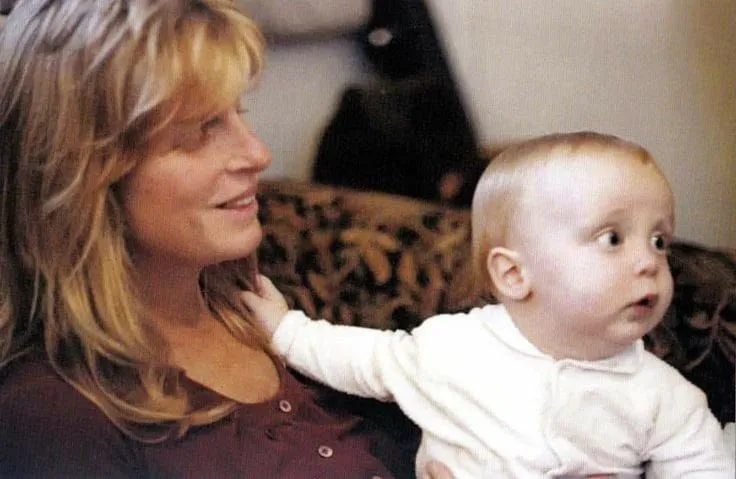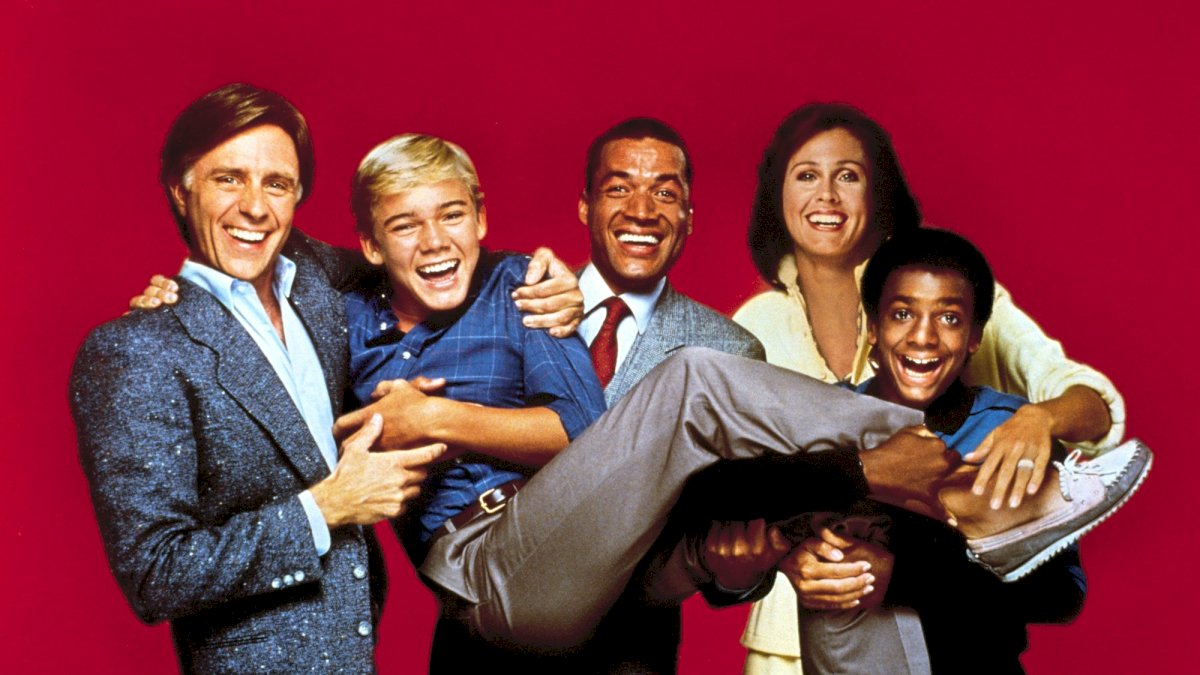In the realm of holiday cheer and festive joy, the figure of Santa Claus stands as a universal symbol of generosity and goodwill. While the iconic image of Santa has evolved over centuries, one man played a pivotal role in shaping the modern portrayal of this beloved holiday character. Charles W. Howard, a man with a passion for Christmas and a heart full of kindness, left an indelible mark on the persona of Santa Claus, influencing how we envision the jolly old man in the red suit today.

Early Life and Passion for Christmas

Charles W. Howard, born on January 5, 1896, in Albion, New York, was destined to become a key figure in the history of Santa Claus. From a young age, Howard exhibited a deep love for Christmas and a genuine desire to spread joy during the holiday season. His fascination with Santa Claus, however, truly took root when he attended a Santa Claus parade in his hometown as a child. Little did he know that this early experience would shape the trajectory of his life.
Becoming Santa: The Macy's Parade and Beyond

Charles W. Howard's journey to becoming the quintessential Santa Claus began in 1927 when he was chosen to portray Santa in the Macy's Thanksgiving Day Parade in New York City. Howard's portrayal was not just a performance; it was a commitment to embodying the spirit of Christmas and bringing joy to countless spectators. His appearance in the parade caught the attention of many, including the organizers of the Macy's holiday festivities.
Recognizing Howard's genuine warmth, compassion, and a natural affinity for the role, Macy's appointed him as their official Santa Claus. This marked the beginning of a legacy that would extend far beyond the confines of a department store. Charles W. Howard became the face of Santa Claus, not just in New York, but across the nation.
The Santa School

Howard's commitment to portraying Santa Claus with authenticity and heart led him to establish the world's first "Santa Claus School" in 1937. The school aimed to train individuals in the art of being Santa, imparting not only the physical aspects of the role but also emphasizing the importance of embodying the true spirit of Christmas. Howard believed that being Santa was more than just wearing a suit and a beard; it was about spreading joy, kindness, and love during the holiday season.
The school became a cornerstone for aspiring Santas, attracting individuals from various backgrounds who shared Howard's passion for making Christmas a magical experience for children and families. Graduates of the Santa Claus School went on to portray Santa in malls, parades, and various events, ensuring that the essence of Howard's portrayal was perpetuated across the country.
Innovations and Contributions

Charles W. Howard's influence on the modern portrayal of Santa Claus extended beyond his work at Macy's and the establishment of the Santa Claus School. Howard made several innovations that have become integral to the character we know and love today.
The Art of Listening: One of Howard's key teachings at the Santa Claus School was the importance of listening to children. He emphasized that being Santa was not just about gift-giving but also about taking the time to hear children's hopes, dreams, and wishes during the holiday season.

The Ho-Ho-Ho: Charles W. Howard is credited with popularizing the iconic Santa Claus laugh – the hearty "Ho-Ho-Ho" that has become synonymous with Christmas cheer. This infectious laugh, delivered with warmth and mirth, has since become a hallmark of the holiday season.
The Red Suit and White Beard: While the red suit and white beard were part of Santa's image before Howard, he played a significant role in solidifying and popularizing this iconic look. His portrayal at Macy's and the Santa Claus School set a standard that has endured through the years.
Legacy and Impact

Charles W. Howard's legacy as the man who inspired the Santa we know and love is immeasurable. His dedication to preserving the magic and wonder of Christmas has left an indelible mark on the cultural and commercial aspects of the holiday season.
Macy's Thanksgiving Day Parade: Howard's portrayal of Santa Claus in the Macy's Thanksgiving Day Parade became an annual tradition, marking the official start of the holiday season for many. His presence in the parade contributed to the enduring image of Santa as a symbol of joy and celebration.
Santa Claus as a Cultural Icon: Through his efforts at the Santa Claus School, Howard elevated Santa Claus from a fictional character to a cultural icon. The school became a beacon for those who wished to embrace the role of Santa with authenticity and purpose.
Spreading Kindness and Joy: Charles W. Howard's emphasis on the true spirit of Christmas, centered on kindness, generosity, and joy, has influenced generations of Santas. His teachings continue to resonate, reminding us that the magic of Christmas lies in the joy we share with others.
Conclusion

As we gather around the warmth of the holiday season, it's worth taking a moment to appreciate the man who played a pivotal role in shaping the Santa Claus we cherish today. Charles W. Howard's legacy extends beyond the red suit and white beard – it encompasses a spirit of love, generosity, and the magic of Christmas that continues to enchant hearts around the world. As we see Santas in malls, parades, and community events, we are witnessing the enduring impact of a man who dedicated his life to spreading joy and embodying the true meaning of Christmas – the man who truly became Santa Claus: Charles W. Howard.


